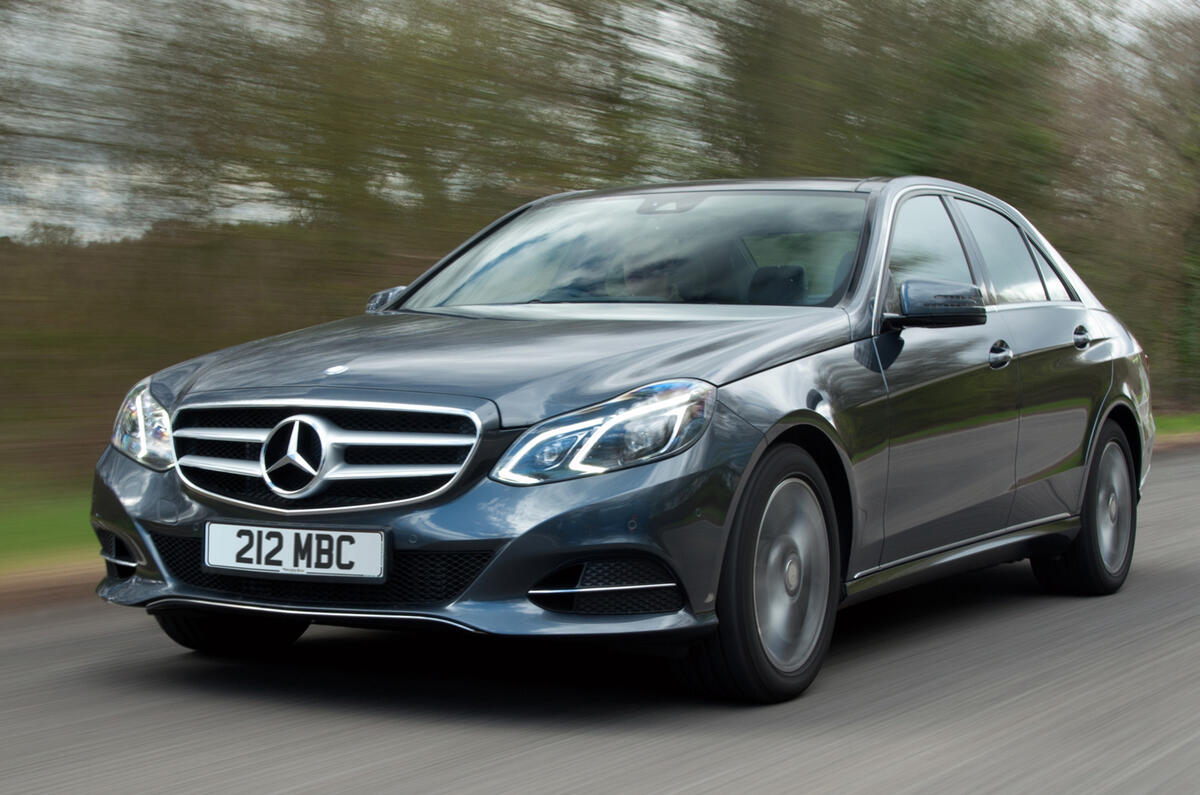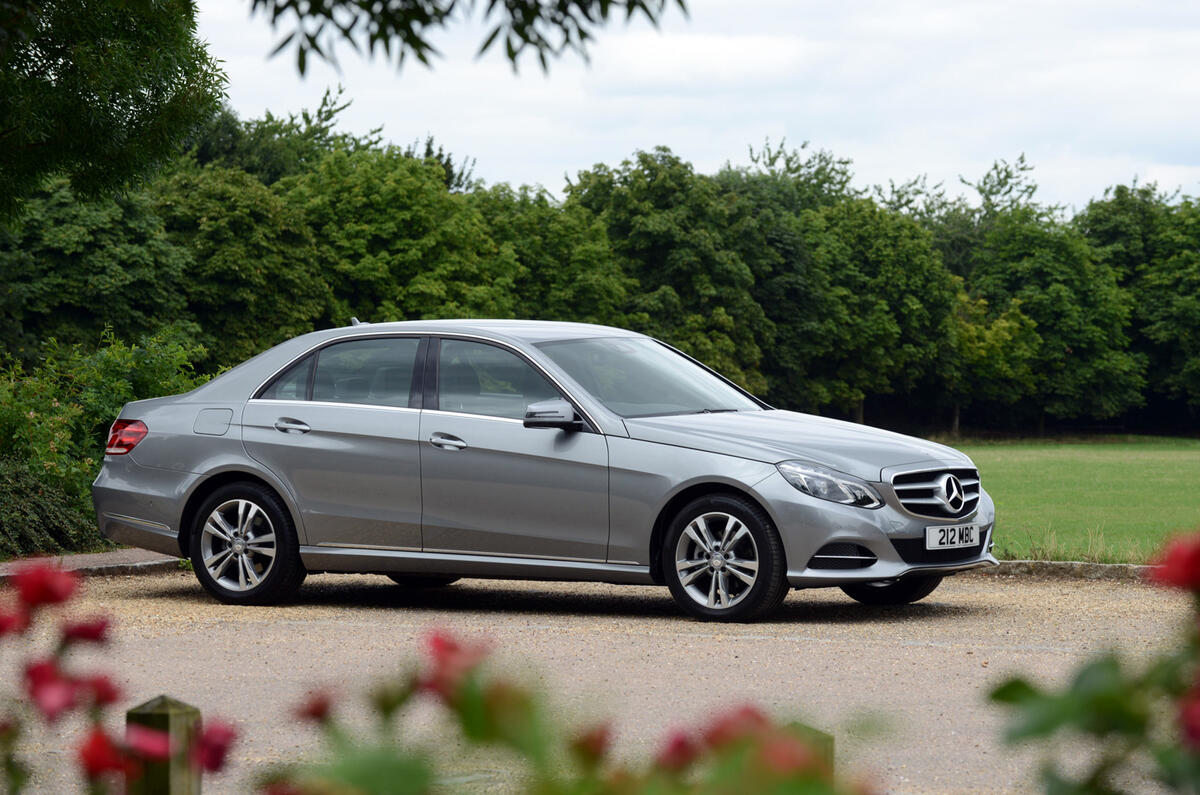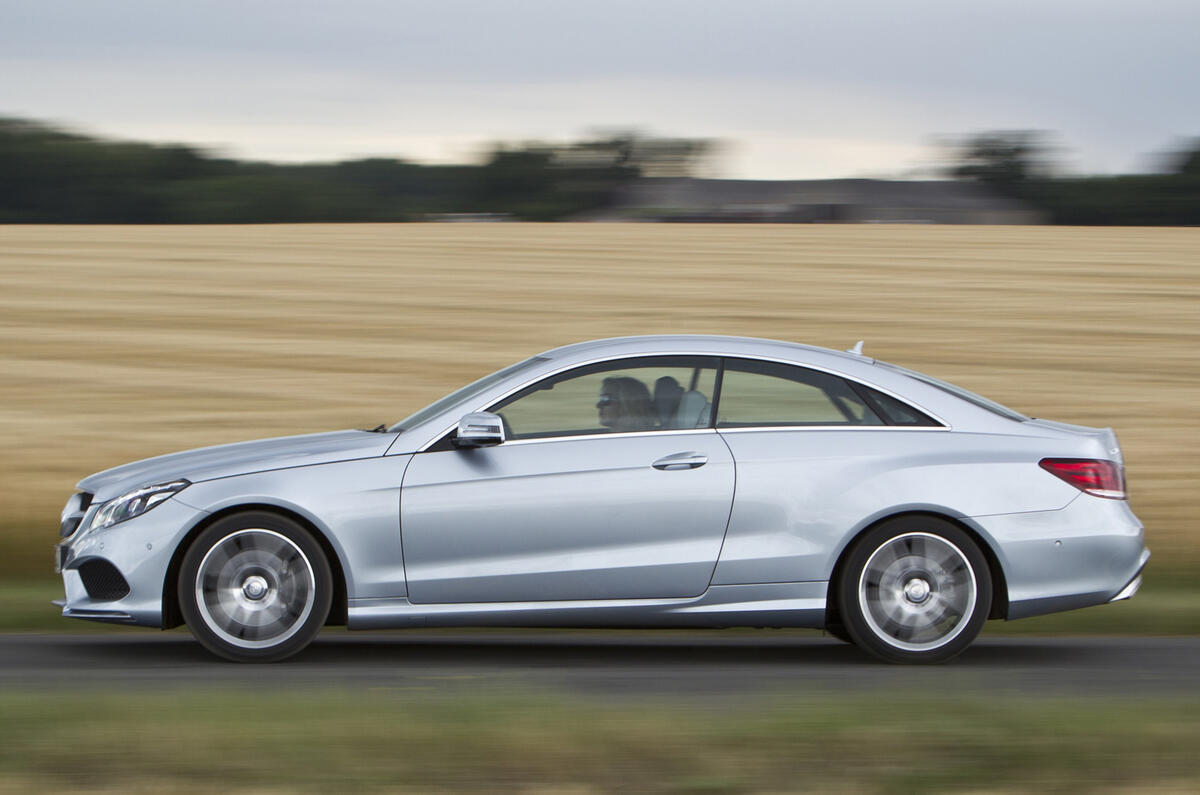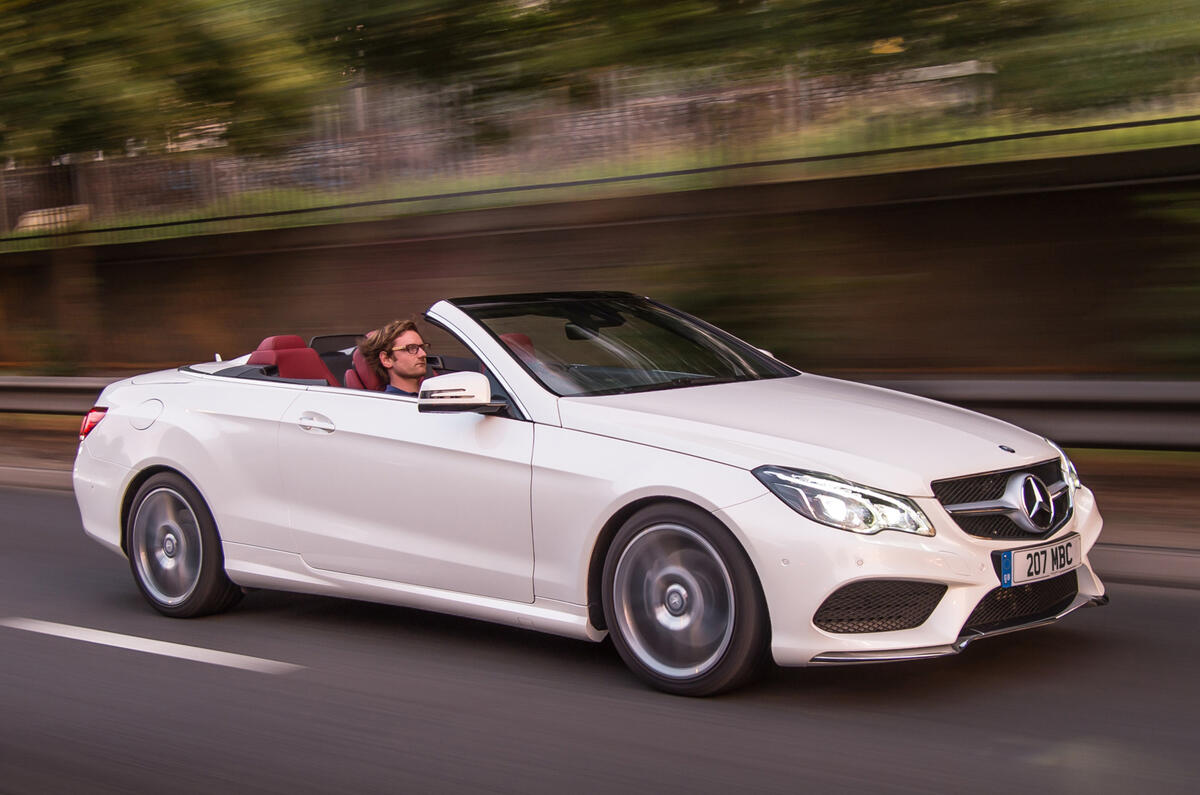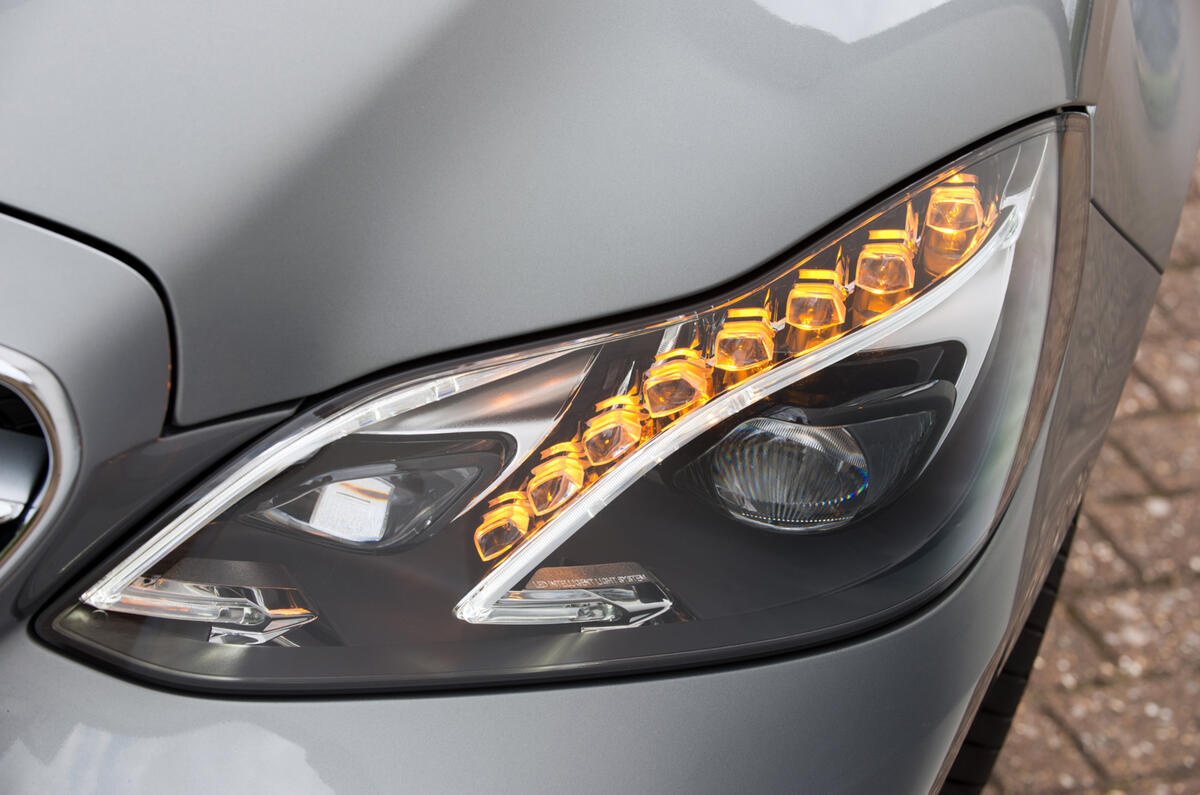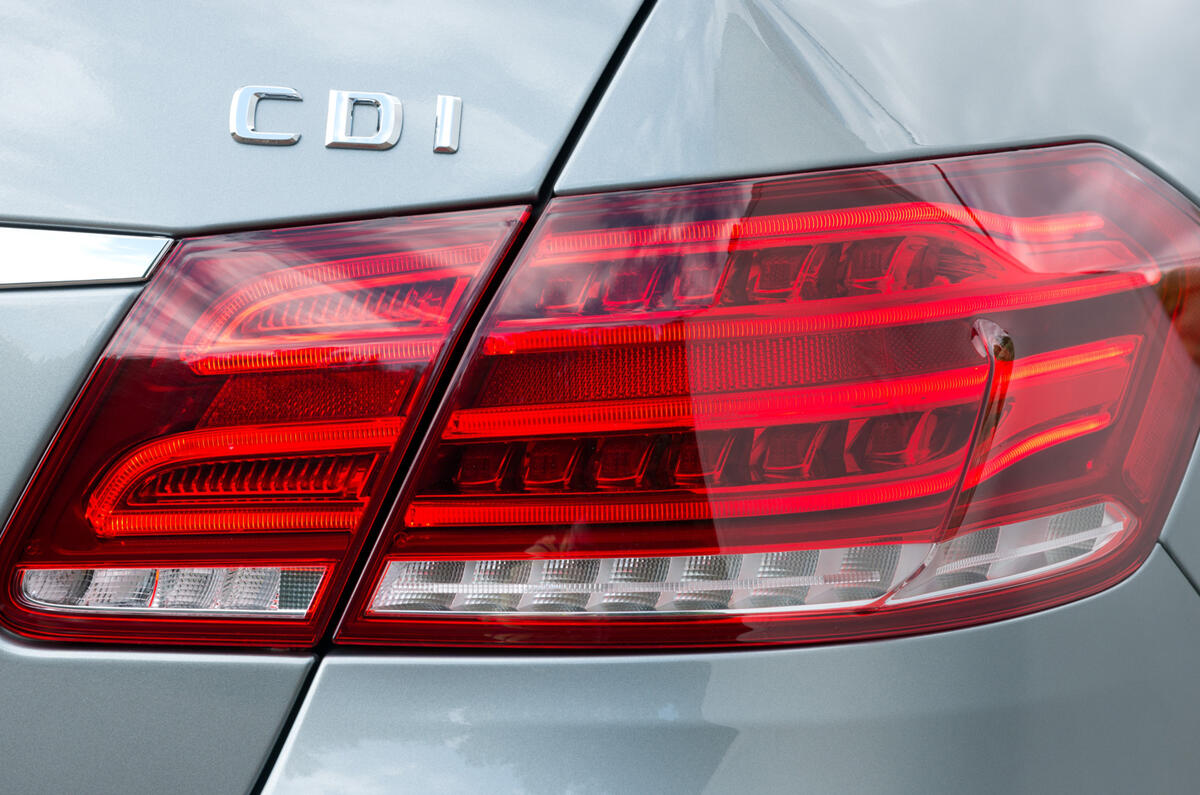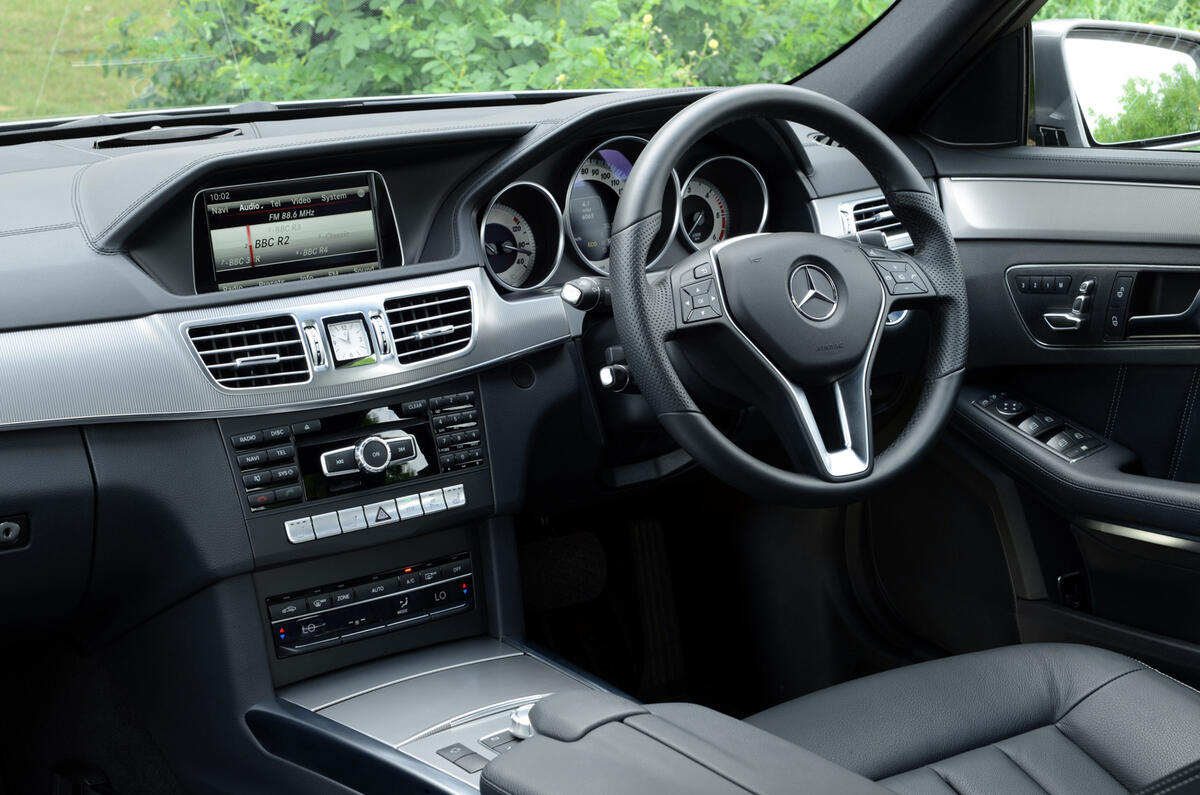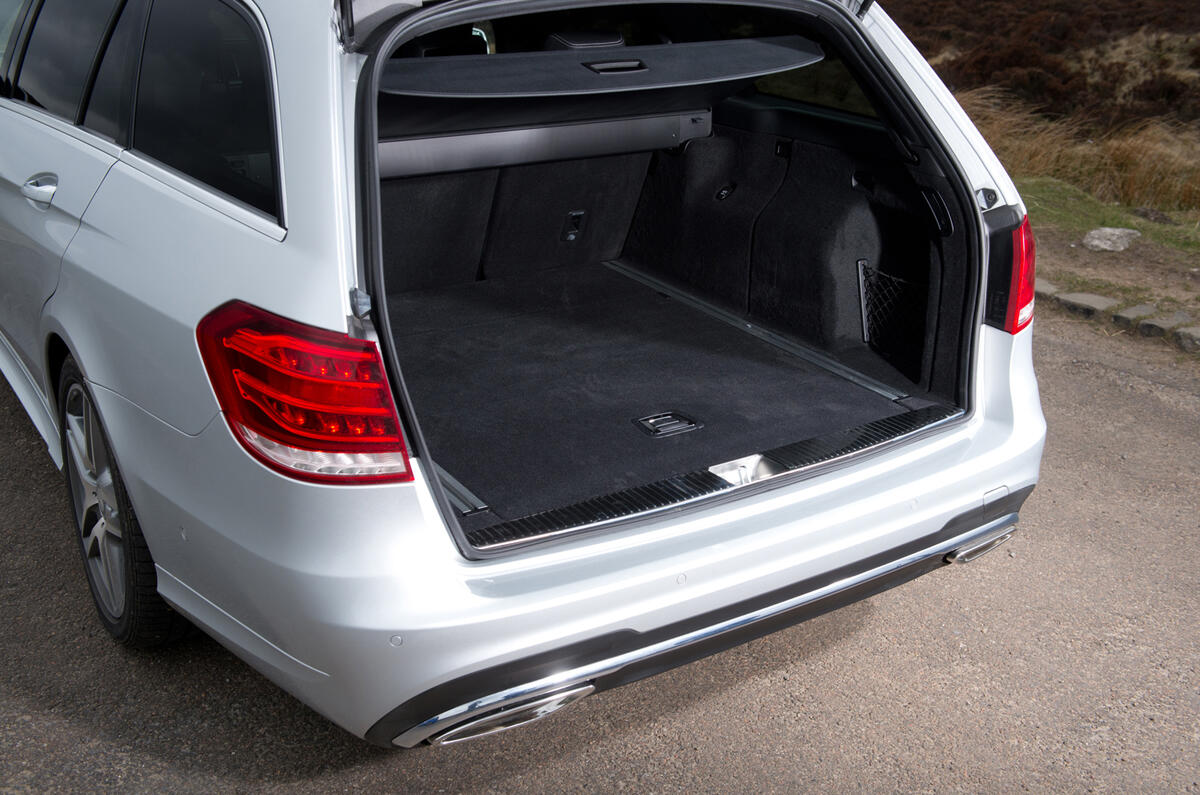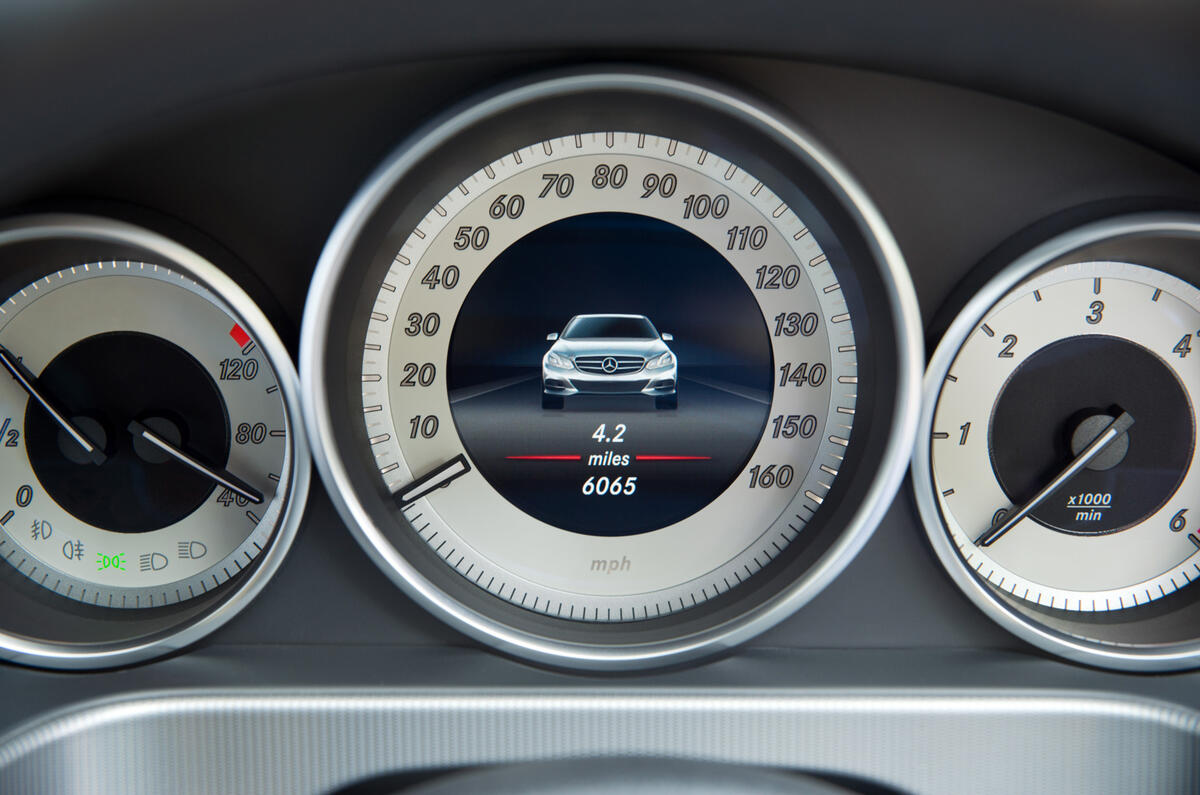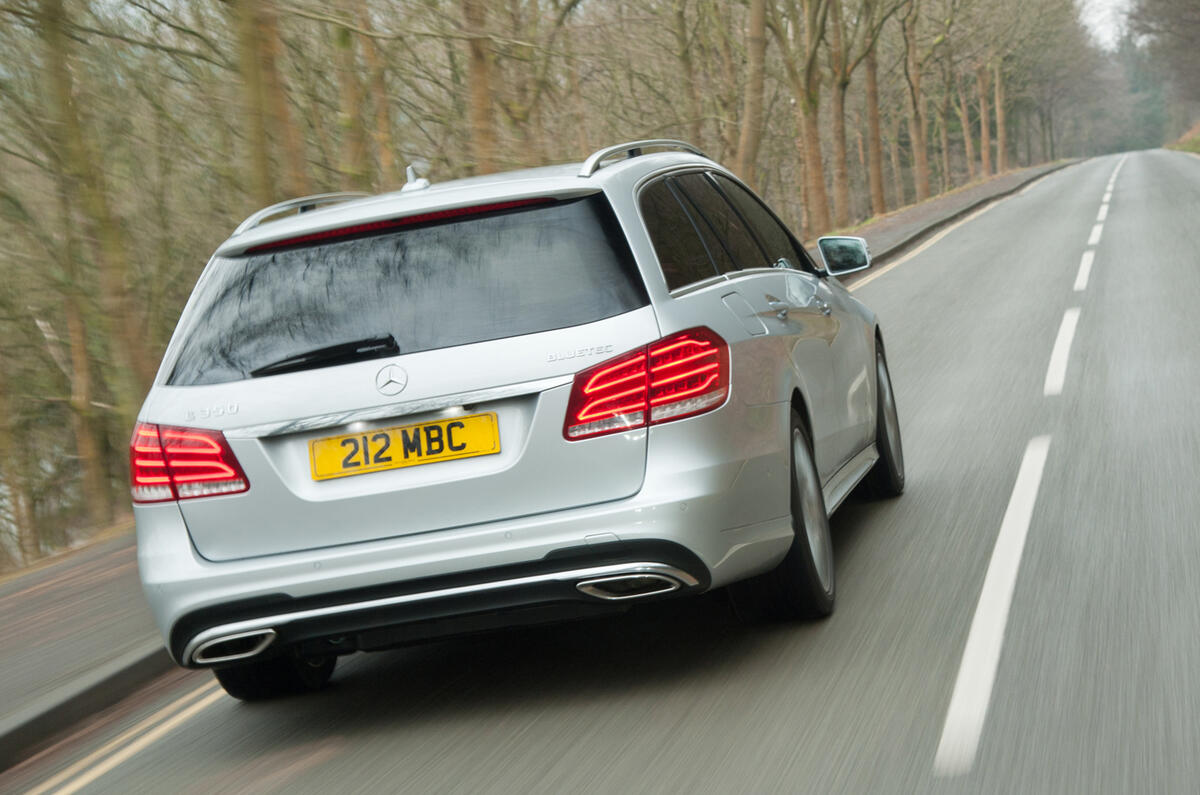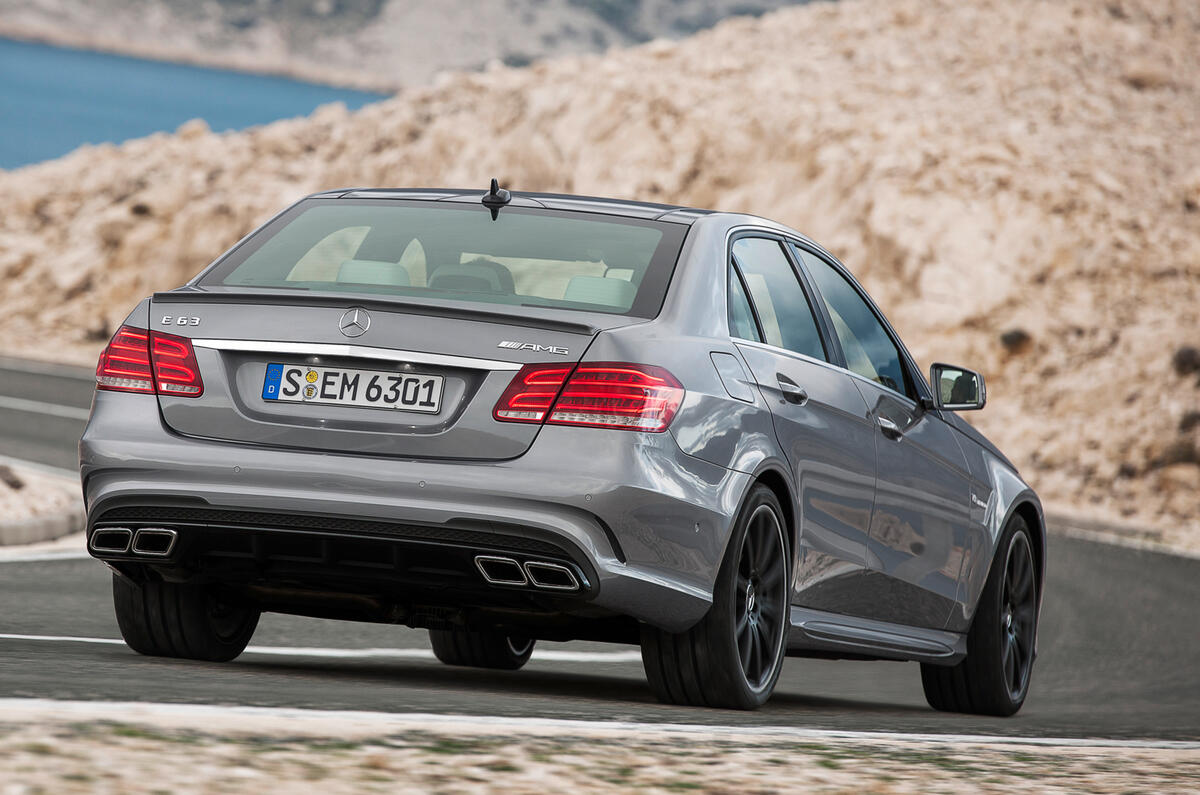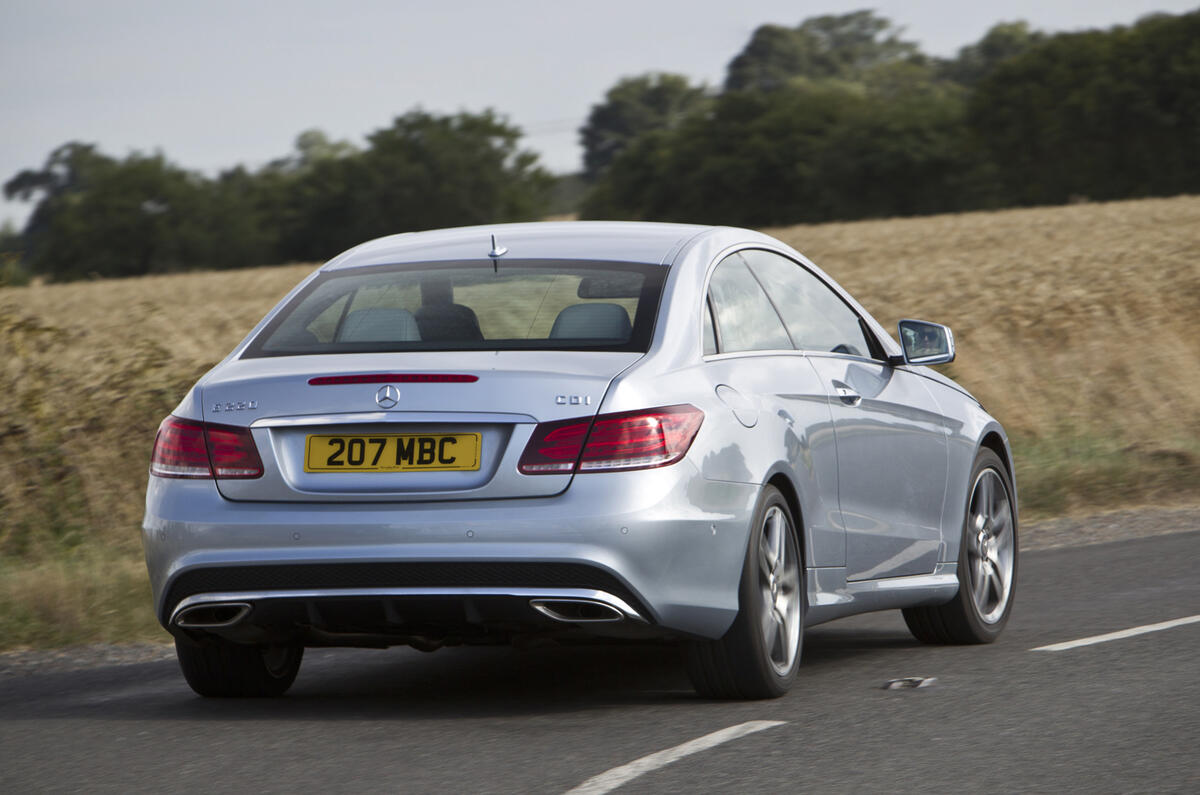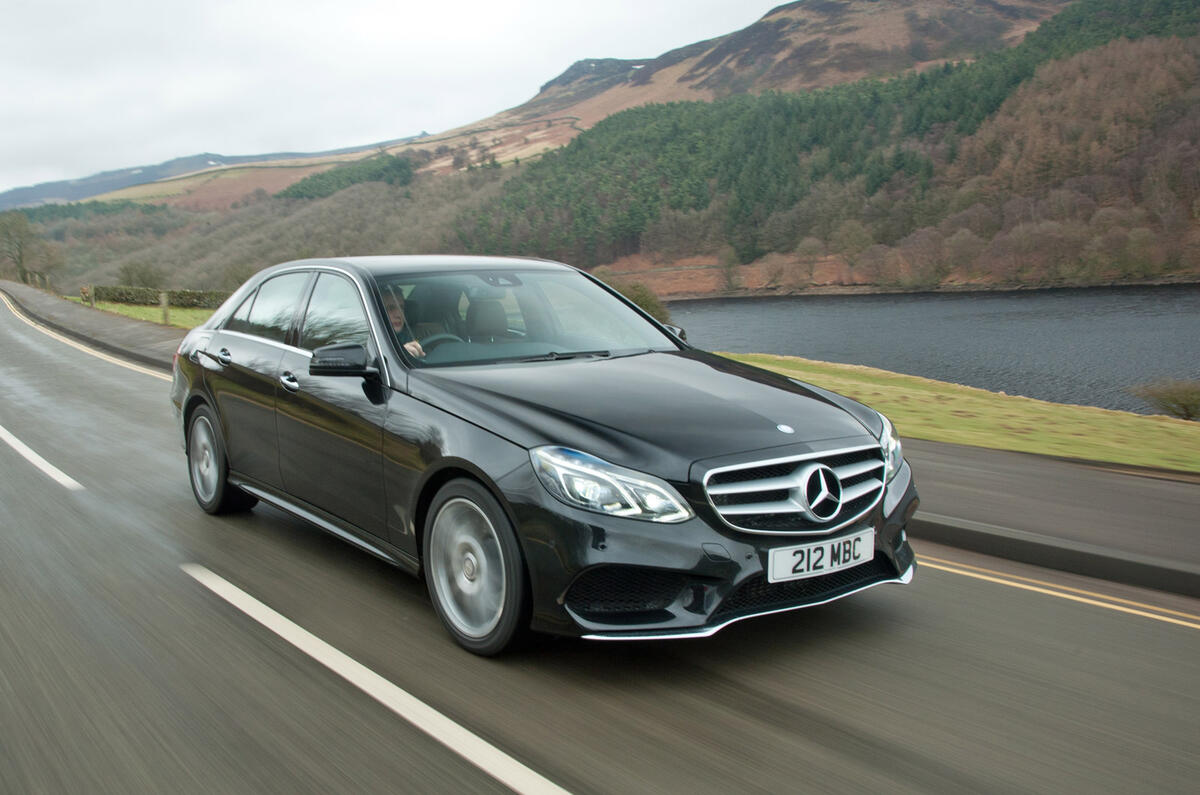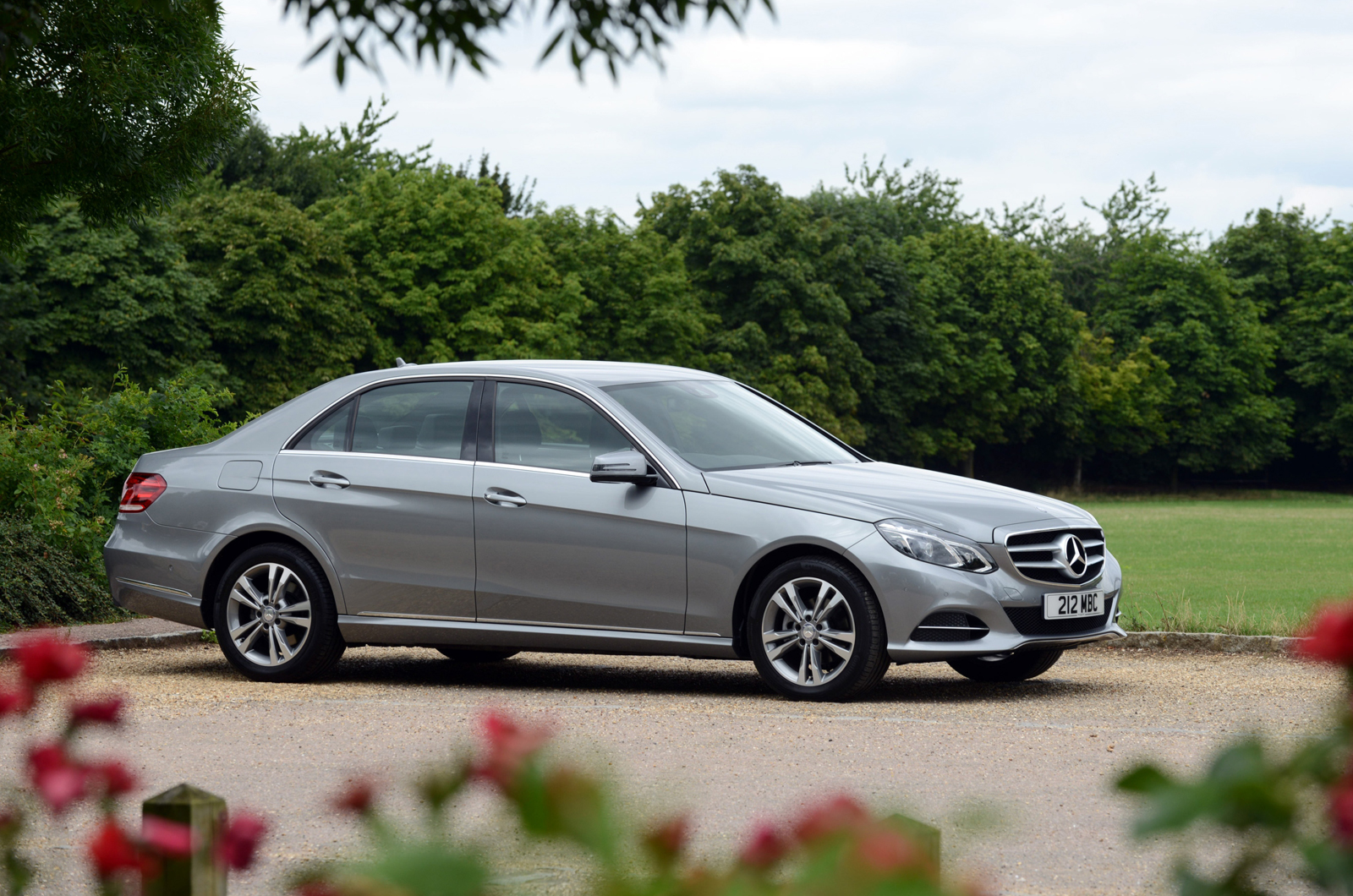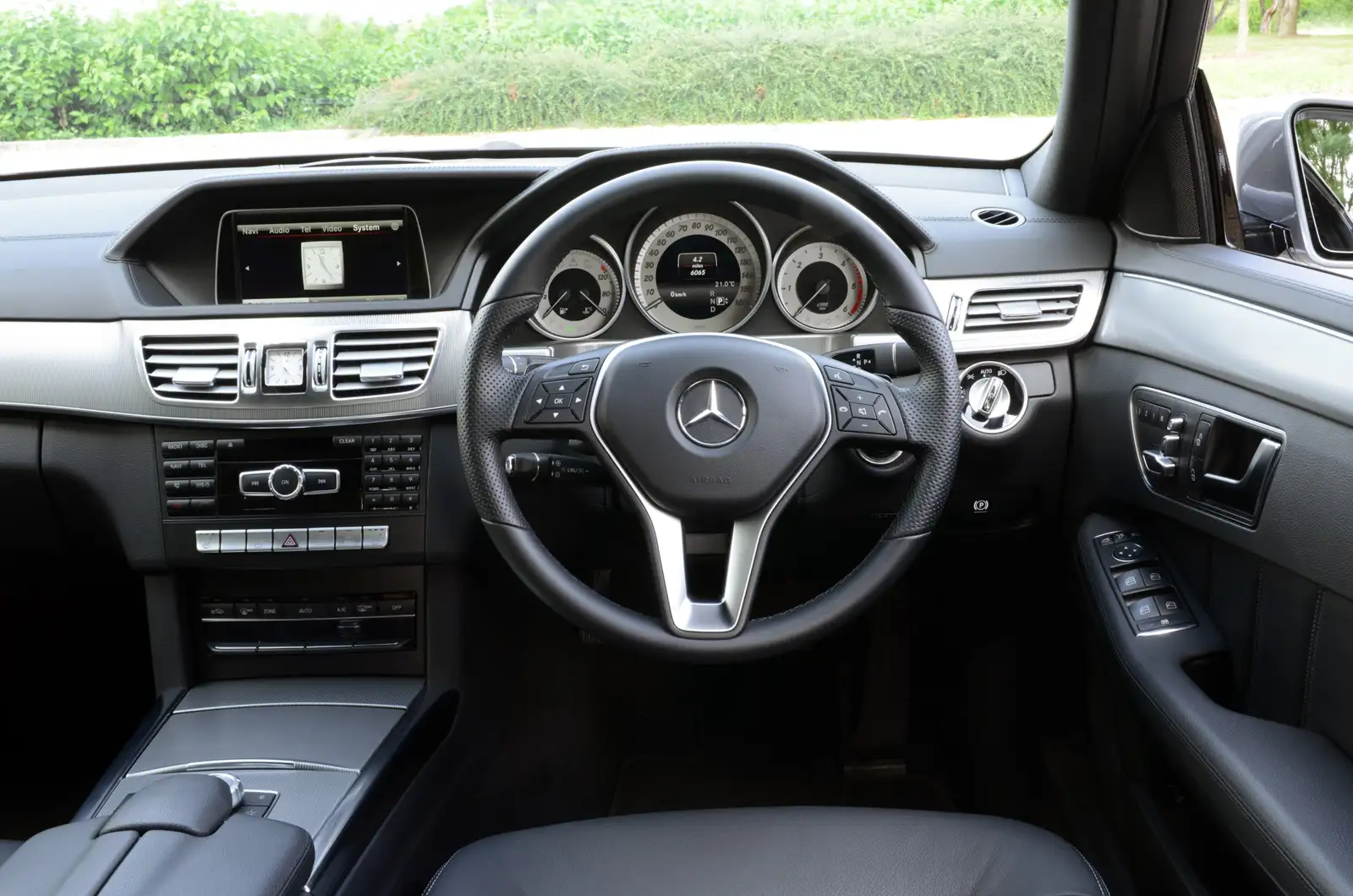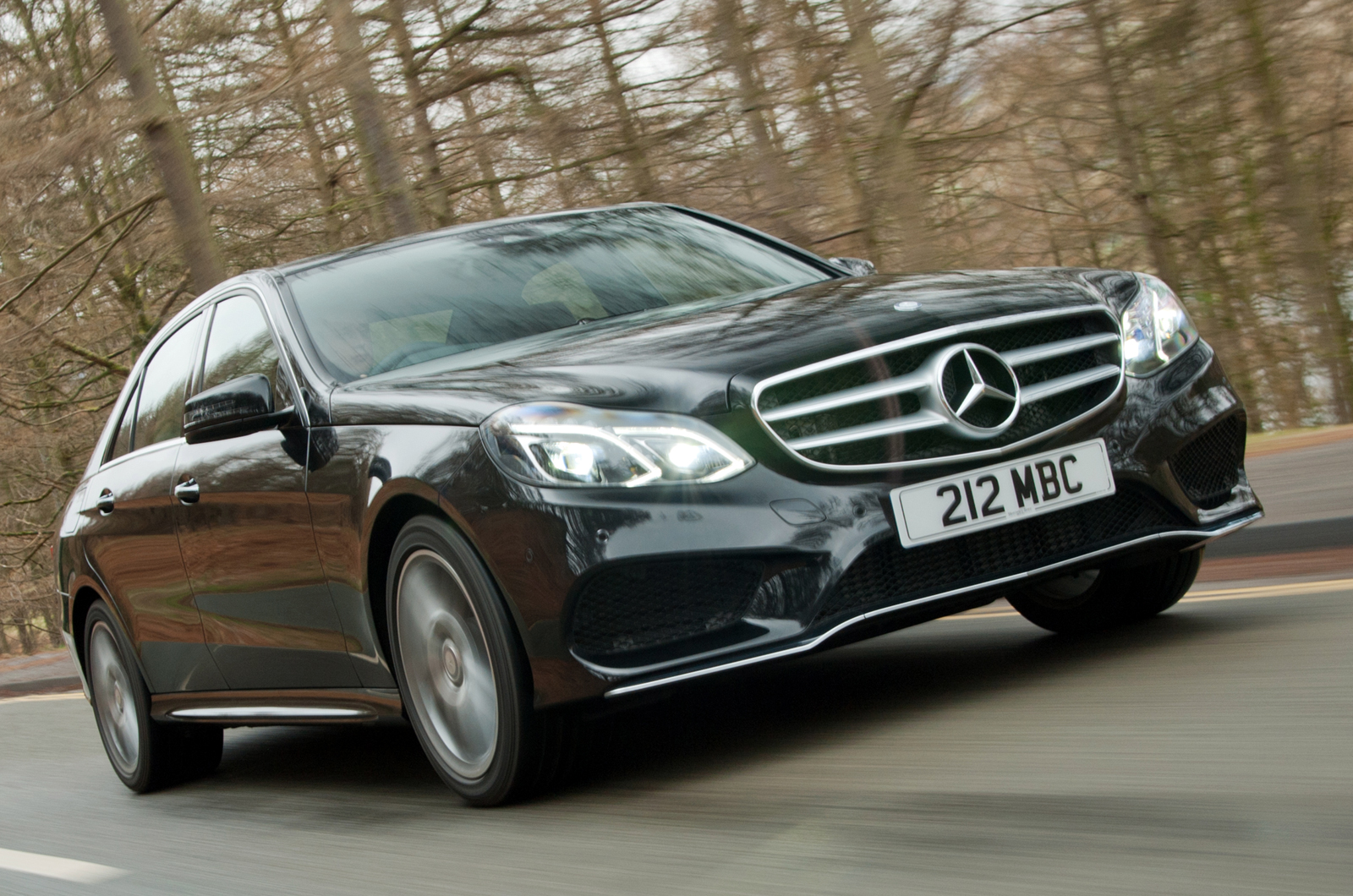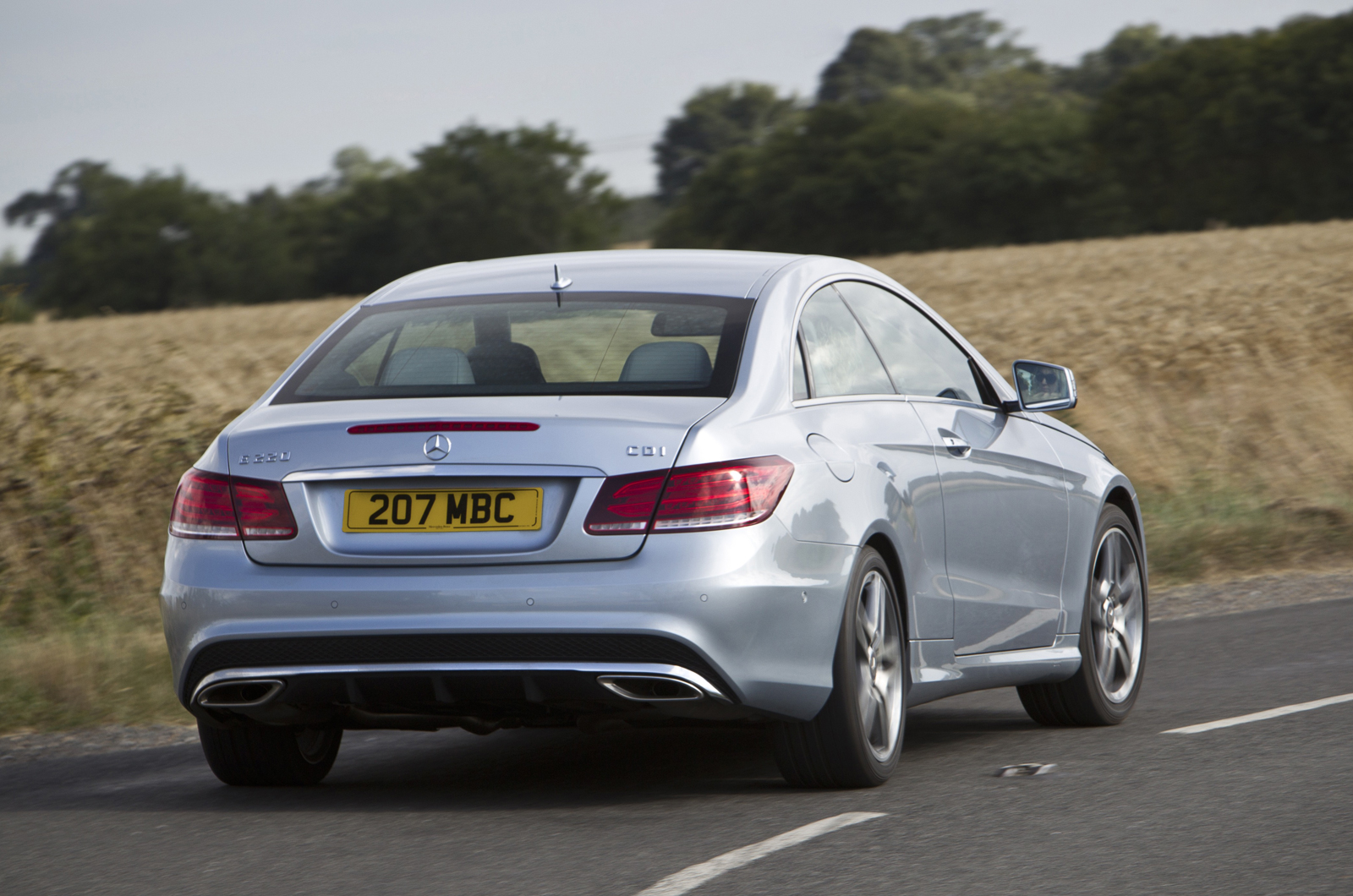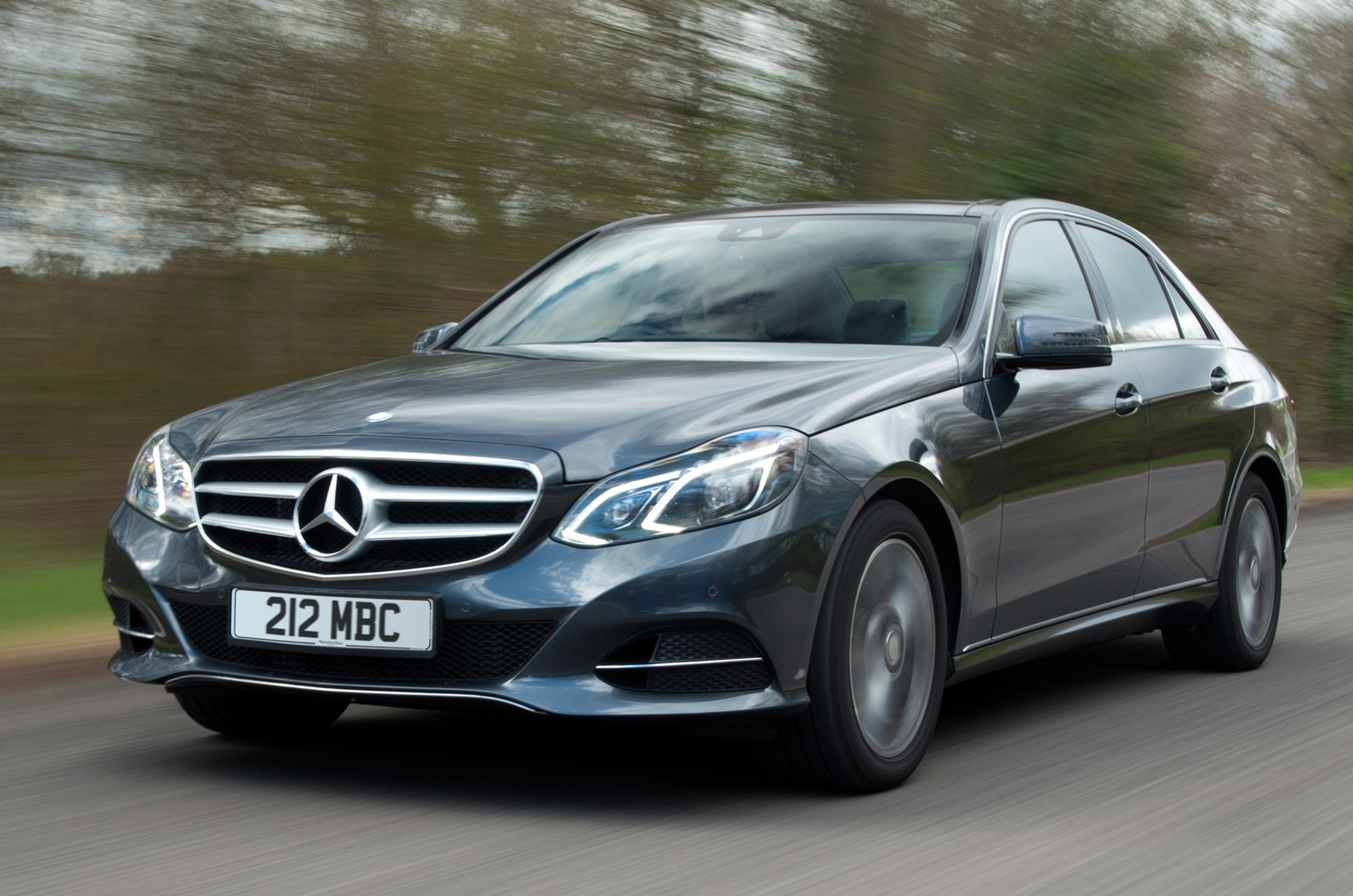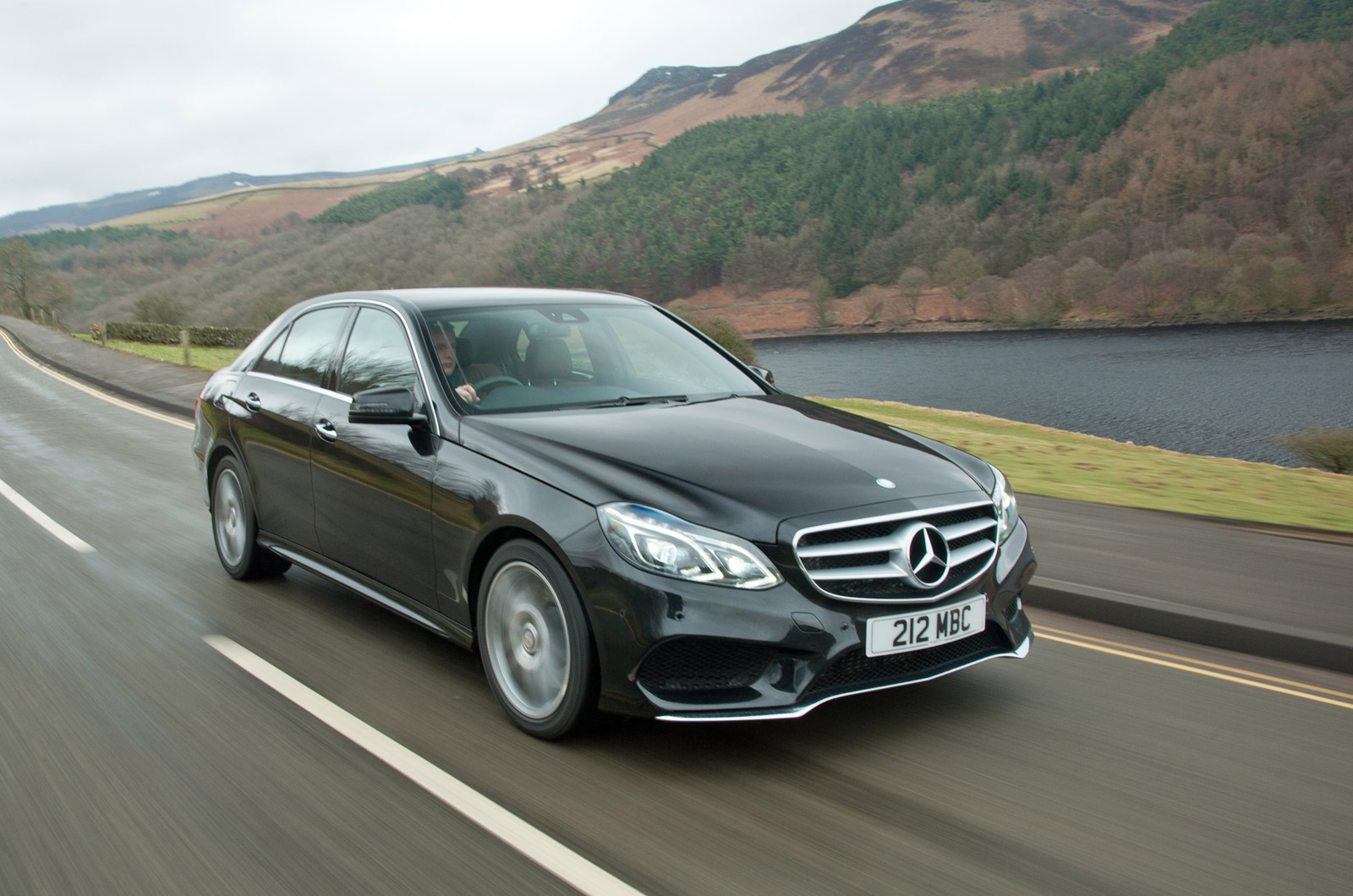Many people’s experience of the W212, the fourth generation (2009-2016) of Mercedes-Benz E-Class, is probably being whisked to the airport in a saloon.
Impressed by its spaciousness, refinement and deep- rooted quality, they glance at the instrument cluster to discover that it has done way over 200,000 miles. One day, they promise themselves, they will have one of these...
Well, with £14,000, buying one of the last 2016-reg diesels (a Euro 6- compliant E220 Bluetec AMG Night Edition auto with a reasonable 70,000 miles), that day has come.
Alternatively, the estate, with its 1950 litres of seats-down load space and self-levelling rear suspension, is only around £1000 more for the same year and spec. There’s a coupé and a convertible, too, but here we’re concerned with the saloon and estate.
The model mix for buyers is skewed towards diesel saloons. Specifically, saloons outnumber estates by about three to one, while diesels outnumber petrols 13 to one. There’s a good range of diesels on offer.
The four-cylinder 2.1-litre engine, available in four power outputs, is the bedrock of the line-up. We prefer the 202bhp E250 CDI’s strong performance and decent real-world economy over the slower E200 CDI and E220 CDI versions. The economy champion, the saloon and estate.
The model mix for buyers is skewed towards diesel saloons. Specifically, saloons outnumber estates by about three to one, while diesels outnumber petrols 13 to one.


